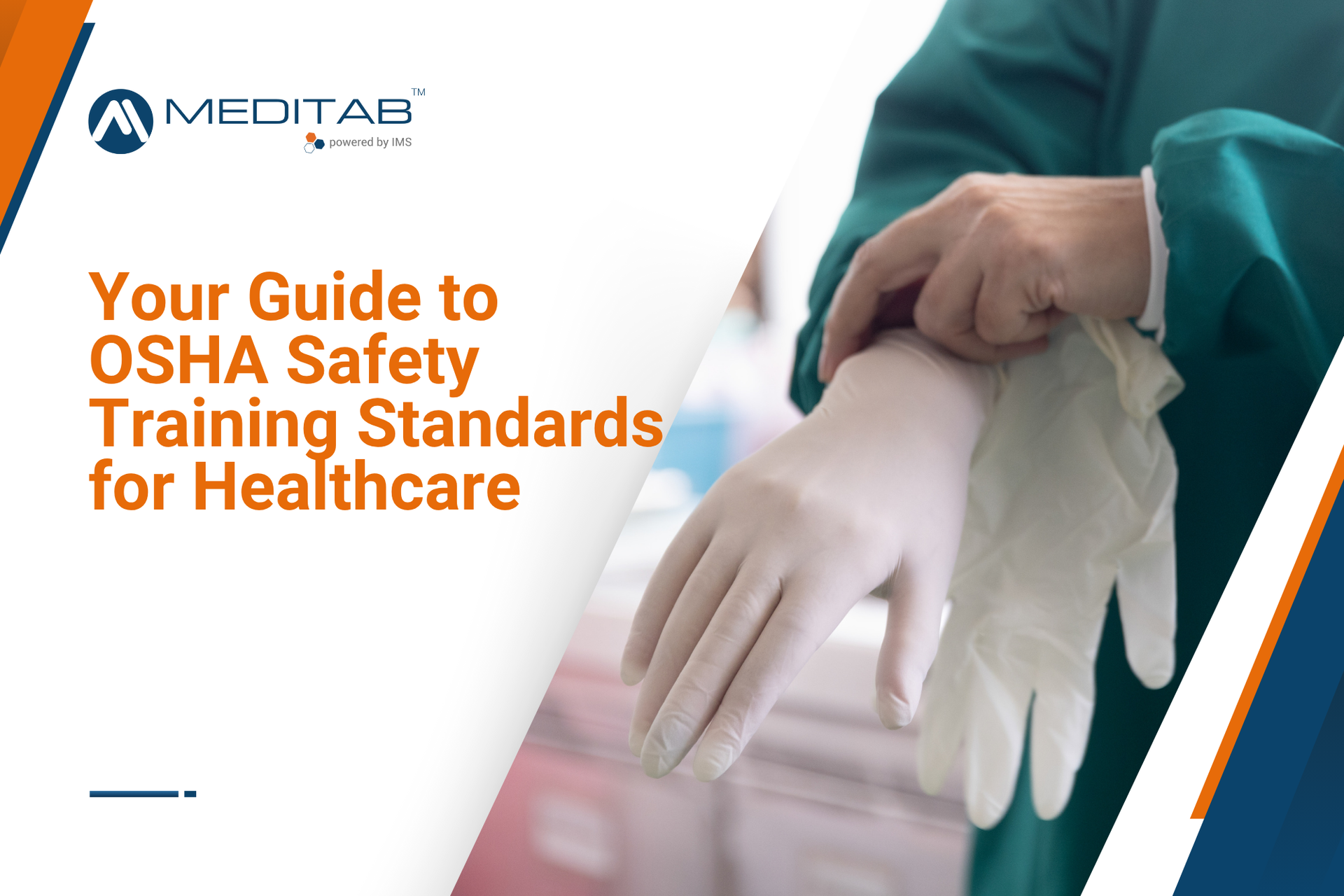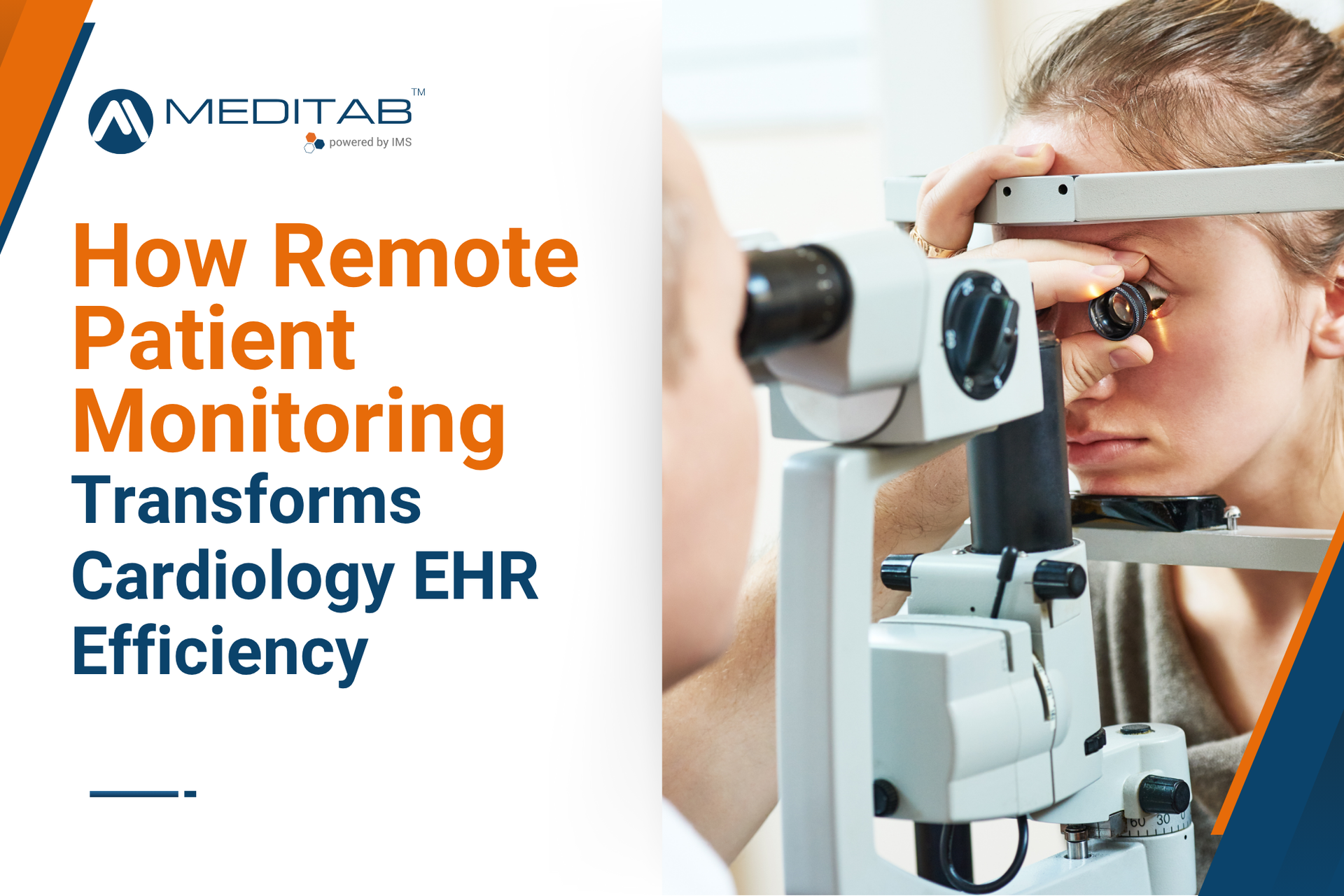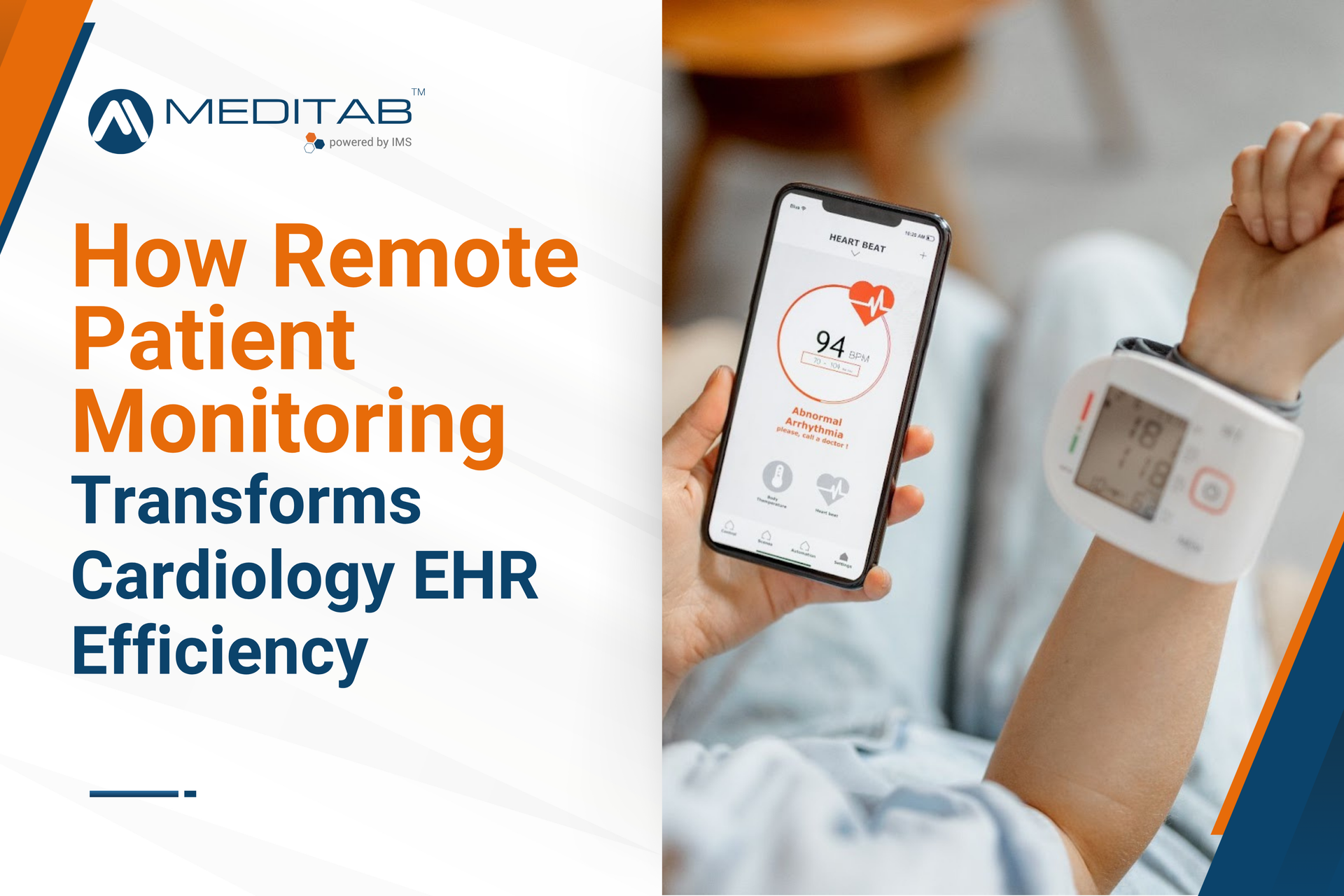The Occupational Safety and Health Administration (OSHA) plays a crucial role in regulating workplace safety, particularly in healthcare settings, which are among the most hazardous in terms of worker injuries and illnesses.
Every year, OSHA issues thousands of citations to healthcare providers for safety violations.
The bad news? Providers end up paying as much as $16,550 per violation. The good news? You can avoid most of these violations with proper training!
In this article, we’ll take a closer look at what OSHA requires from your practice, which staff members need training, and how an
innovative healthcare technology solution can help make compliance sustainable and straightforward (without disrupting your workflow).
Key OSHA Safety Training Standards for Healthcare Practices
To maintain a safe and compliant workplace, healthcare practices must go beyond good intentions and implement structured, ongoing safety training. OSHA outlines specific training standards designed to protect both staff and patients from the unique risks in medical environments. Here are nine
OSHA standards that apply to healthcare employees:
1. Hazard Communication Standard
Also known as the Right-to-Know Law, the Hazard Communication Standard ensures that employees are informed about the hazardous chemicals they may encounter in the workplace. Training includes interpreting labels and safety data sheets, safe handling and storage procedures, and protective measures.
2. Bloodborne Pathogens Standard
If your employees’ jobs put them at reasonable risk of coming into contact with blood or infectious materials, they must receive training on the Bloodborne Pathogens Standard. You must also have a written exposure control plan, provide annual training, and follow protective procedures.
3. Ionizing Radiation Standard
If your healthcare facility uses X-ray machines or other radiation-emitting devices, the Ionizing Radiation Standard requires you to survey the types of radiation used in your facility. You must also mark and restrict areas to limit employee exposure and ensure your staff members wear personal radiation monitoring devices.
4. Exit Routes Standards
All healthcare facilities must comply with OSHA’s design, maintenance, and operational standards for safe exit routes in emergencies. You must also train your team on using fire extinguishers, safe evacuation during a fire, the location of exit routes, and the importance of keeping those routes unobstructed. Your staff should be familiar with alarm systems and assembly areas.
5. Electrical Standards
Employees who work with or around electrical equipment should receive training on avoiding electrical hazards, recognizing unsafe equipment, and understanding the risks of water near outlets and devices. This is especially important in clinics that use high-tech medical equipment.
6. Emergency Action Plan Standard
OSHA recommends that every healthcare facility have a written Emergency Action Plan. This document outlines how everyone in your team should respond during fires and other emergencies. You must communicate the plan to your staff, and training must include:
- Emergency Evacuation Procedures
- Fire Safety
- Roles and Responsibilities During Emergencies
- How to Report Emergencies
7. Fire Safety Standard
Like the Emergency Action Plan, OSHA recommends that every healthcare facility have a Fire Prevention Plan. This document outlines steps to prevent workplace fires and is crucial for any setting handling combustible materials or medical gases.
8. Medical and First Aid Standard
OSHA requires every workplace to have access to first aid supplies and trained personnel based on the hazards present. While OSHA does not have specific requirements for the exact details of your medical and first aid program, it does require it to be adequate for the circumstances of your workplace.
9. Personal Protective Equipment
As an employer, you must evaluate the different job functions within your organization for potential hazards and determine if PPE is necessary. You must also provide appropriate PPE (e.g., gloves, gowns, goggles, masks) and train your team on the proper selection, use, limitations, and maintenance of their assigned equipment.
Implementing and Maintaining OSHA Compliance in Your Medical Office
Creating a culture of safety in your medical office requires more than a one-time training session. It involves structuring your OSHA training program effectively, maintaining ongoing education, and ensuring year-round compliance. Here are some tips (and recommended tech) to help you do that:
1. Structure Your Training Program
Designate a safety officer or HR staff to oversee your office’s OSHA-related efforts. Use checklists and training calendars to keep sessions organized and on schedule.
💡 Tech Tip: Meditab’s flagship electronic health record (EHR) software, IMS, features the Electronic Medical Office (EMO) module, which allows you to increase efficiency even in your practice’s non-clinical tasks. IMS can help streamline your training process by automating training reminders, tracking compliance milestones, and centralizing documentation on a single dashboard.
2. Choose the Right Training Format
You can implement OSHA training in person or online. While online platforms offer convenience and flexibility, certain hands-on topics, such as proper PPE usage or emergency procedures, are often more effective when taught in person.
3. Maintain Comprehensive Records
Documentation is key to staying audit-ready. Keep clear records of training dates, sign-in sheets, certificates, and any related correspondence.
💡 Tech Tip: Meditab’s IMS Drive feature helps make document management effortless by enabling secure storage and easy access to all OSHA-related records.
4. Conduct Regular Risk Assessments
Schedule routine walk-throughs of your facility to proactively identify and mitigate potential hazards. These inspections can help uncover non-compliance issues before they escalate.
💡 Tech Tip: A secure, HIPAA-compliant messaging platform like IMS Chat can help your team communicate and address potential OSHA-related issues in real time. You can connect with staff members individually or through the group chat feature.
5. Offer Ongoing Education and Stay Informed
OSHA standards evolve. Ensure your team stays current by offering refresher training, reviewing updated guidance, and subscribing to OSHA newsletters.
💡 Tech Tip:
With IMS Checklist, you can set training sessions as tasks and assign them to your staff members. The feature can automatically flag overdue training sessions and send your team timely reminders when they log onto IMS.
Combining best practices with technology like IMS EMO allows you to take a proactive, organized, and streamlined approach to OSHA compliance.
Want to See IMS EMO in Action?
Safety Made Simple: Power Up OSHA Compliance with IMS
OSHA training requirements for healthcare are complex—but your journey to compliance doesn’t have to be.
Your
EHR software can be the perfect partner for maintaining OSHA compliance! Meditab’s award-winning solution, IMS, equips your practice with the tools to easily schedule, track, and document every training requirement.
Automate reminders, store records securely, and stay ready for audits all in one place! See our EMO module in action by booking a free expert-led demo!
OSHA Regulations in Healthcare: Frequently Asked Questions
OSHA
is a federal agency under the United States Department of Labor that ensures safe and healthy working conditions for U.S. workers across all industries. Established in 1970, OSHA sets and enforces safety standards, provides training and education, and promotes continual improvement in workplace safety.
Why Is OSHA Critical for Healthcare Settings?
Healthcare workers face unique hazards, such as needlestick injuries, infectious disease exposure, ergonomic challenges, chemical hazards, etc. In healthcare, OSHA’s compliance standards are designed to mitigate these risks and protect workers’ health and safety.
Common OSHA Violations in Medical Practices
Because of OSHA’s stringent compliance regulations, even the most diligent practices can overlook key details. Some of the most frequent violations include:
- Lack of training and failure to implement the Bloodborne Pathogens Standard
- Inadequate hazard communication and chemical labeling
- Failure to make safety data sheets (SDS) available to employees
- Failure to provide employees with appropriate personal protective equipment (PPE)
OSHA Training for Healthcare Workers: Who Needs It?
While nearly everyone in a healthcare facility needs some form of OSHA-related education, not all staff members require the same level of training. Here are some roles that require OSHA training:
- Clinical Staff: Nurses, physicians, medical assistants, phlebotomists, laboratory technicians, and other members of your clinical team must be trained in bloodborne pathogens, PPE, and ergonomics.
- Administrative Staff:
Front-desk personnel need hazard communication training and general safety orientation.
- Janitorial Staff: Training in handling hazardous waste and chemicals is essential.














